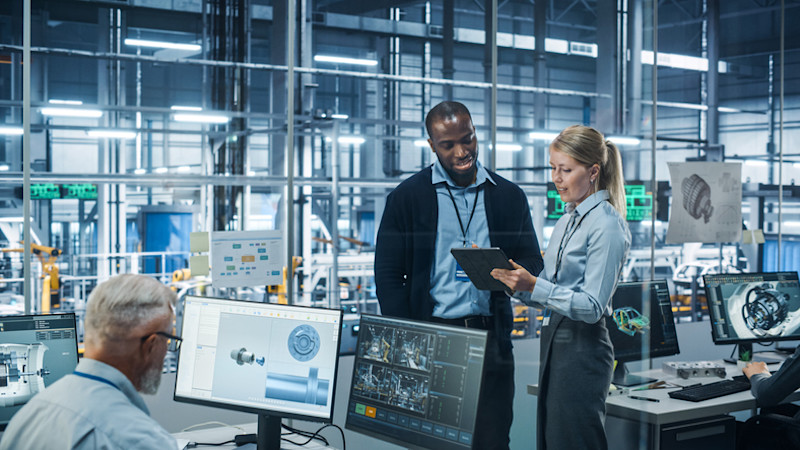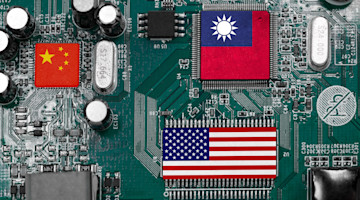In September, I had the great pleasure of attending IMTS – The International Manufacturing ��������ֱ�� Show held in Chicago. The show, not held since 2018, returned to a format that allowed attendance with both in-person and online components. By all measures, the show was a resounding success.
As I traversed the aisles in McCormick Place, I was struck by a number of things. It was truly a pleasure to mingle with folks that have a passion for manufacturing and manufacturing technologies. It was invigorating to see new people and new ideas enter the manufacturing technology world. And it was gratifying to see that established companies had spent these years improving and innovating within their products.
However, there was a thought, nagging at first and then slowly growing in my head, with which I have not made peace.
Much of my work time is spent with start-up companies in manufacturing and manufacturing technology. Currently, we are in a truly robust period of development for these dynamic digital manufacturing technologies. I have absolutely no doubt that, when mature, these interconnected technologies will elevate the productivity of manufacturing to a level that we could not have envisioned a decade or two ago. And, as we think about creating and maintaining a more significant manufacturing presence domestically, these technologies can be key to that transition.
���ܳ�…
Manufacturing is not simply “making stuff.” It is a process that begins with the moment of conceptualization of a part, through that part’s materialization and then finally to its utilization. The technology grouping to accomplish these process stages includes software, data transmission, hardware (especially 3D printing), material development, inspection technologies, robotics, etc. To succeed, each of these interconnected technologies must mature at roughly the same rate, or the weakest link in the chain will hinder the remaining links.
There is a profound and dramatic level of investment that is required to realize the potential of these new technologies. I have not seen any specific estimates of the aggregate investment that will be required to fully mature the entire chain, but it is easy to see that it could measure in hundreds of millions (and perhaps billions) of dollars.
I admire the model for capital deployment in the United States. In the U.S., capital flows vigorously to its best uses. This speed of capital allocation benefits us all, in that it tends to create value and wealth for the U.S., in general, that is not possible in other societies. In contrast, the opposite side of the rapid flow of capital (to the highest return) is that there is a harshness to that deployment. Industries with lower potential returns (to the capital shareholders) can easily be starved for investment.
Thus, to my nagging angst at IMTS.
It is absolutely in our national interest to mature the chain of interconnected dynamic digital manufacturing technologies. The resulting maturation will create a powerful manufacturing engine that domestically will provide productivity levels not seen before. And the logical deployment of that chain is onshore, in the U.S.
Clearly, without the flow of an immense level of development dollars, the vision of the maturation of the chain will be elusive. And just as clearly, the return on those invested dollars may not equal the return possible in alternative investments.
So, how do we resolve these critical questions: How do we fund industrial development that is a critical component of our nation’s health and security, when the use of those funds is not the best possible use of capital? How do we reconcile the harshness of U.S. capital deployment with the need to fund a process that is in our nation’s best interest?
The answers are neither simple nor easy to implement. But, I remain hopeful. AMT – The Association for Manufacturing ��������ֱ��, the owner and operator of IMTS, is a community where companies, investors, distributors, and customers can gather to work through this problem. The industrial future of our country may well depend on how we answer these questions – and IMTS is the beacon that leads to conversation and progress.









